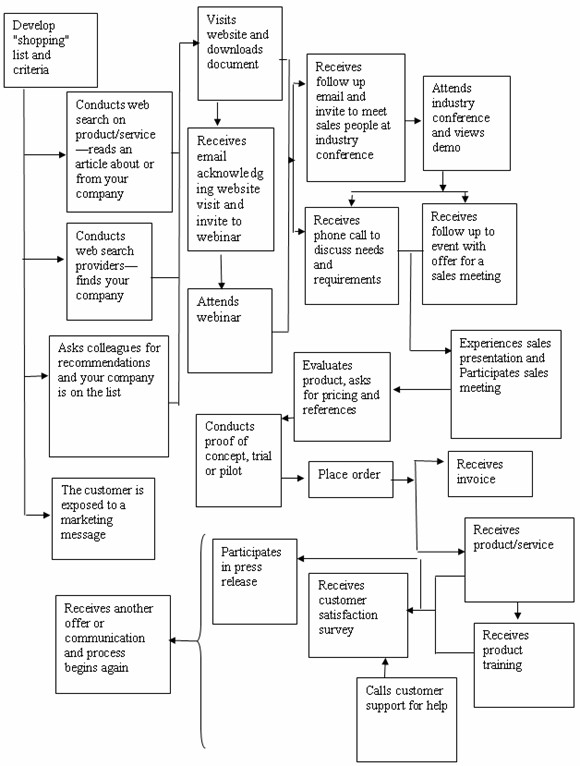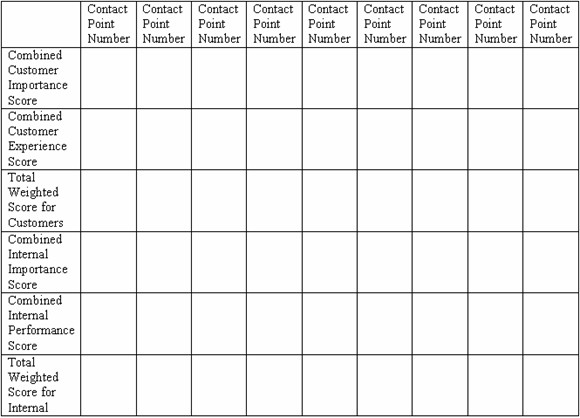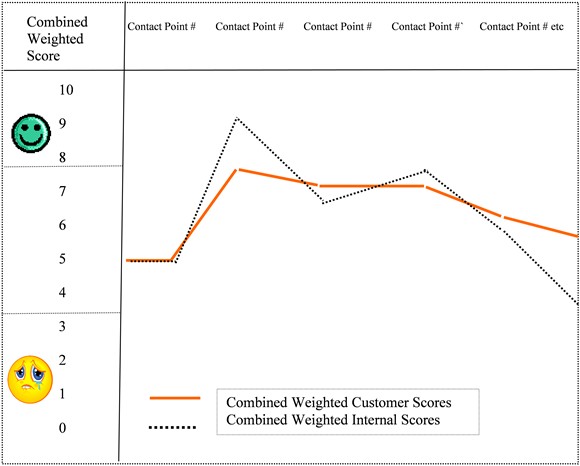For many companies, the particular products and services they produce are no longer enough to differentiate them from the competition. Differentiation must therefore be derived in some other way.
One important way a company can differentiate itself is the customer experience. Research suggests that experience is a key driver in retention.
As you probably suspect, the customer experience most likely involves nearly every part of your organization, from the moment prospects first learns about your offer to the moment they purchase, from receiving an invoice to relying on technical or implementation expertise or turning to customer service.
The customer experience encompasses every interaction that customers have with your company and as result influences their perception, preference, and predisposition toward additional purchases.
Research conducted by QCI International and other WPP Group companies found as follows:
- 41% of the companies surveyed do not record customer contact channel preferences.
- In more than 90% of companies, staff who are responsible for talking to customers could not articulate why customers should buy from them.
- Only 13% of senior management has regular contact with customers.
It is important to establish an internal organization that will serve as the customer experience champion and own the experience-mapping and measuring process. Because keeping and growing the value of customers is one of the primary responsibilities of the marketing organization, this initiative should belong to the marketing team.
As business and marketing professionals, we should know whether we are delivering a good experience and we should be able to use customer-experience metrics to identify where to improve. We all know the old adage, "If you can't measure it, you can't manage it."
Most organizations tend to measure customer experience by measuring satisfaction. Though the customer experience certainly contributes to customer satisfaction, because of its significant impact customer experience merits its own measurement.
To measure the customer experience, you need to establish and follow a disciplined process that will reveal what truly matters to your customers.
The purpose of the process is to help determine a set of internal metrics that define a quality customer experience, provide a clear view into the customer interactions and contact points that are critical to a quality experience, identify the relative importance customers place on the interactions with your company, clarify your customers' expectations, and ultimately create a methodology for continuous improvement.
The process entails five steps:
- Defining the customer experience
- Establishing experience expectations, priorities, and performance perceptions
- Mapping the customer experience against these priorities and performance perceptions
- Identifying and measuring opportunities for improvement
- Creating a customer experience scorecard
Let's briefly examine each step.
1. Define the customer experience
To start the process, you will need to define the customer experience. Each step in the process needs to be identified and defined. The steps are then organized into the common experience in order to construct and diagram and draw the process. You will want to be sure that your process includes steps, contact points, and interactions for relationship initiation, provider evaluation, account creation, order placements, product receipt and usage, problem resolution, payment, and customer relationship management.
Below is an abbreviated example of a first-time customer experience from initial contact through the purchase and post purchase process. Once you've outlined the process, you will need to make sure the perception of this process and the definitions are consistent throughout your organization.
You may need to engage customers in this step in order to capture their point of view. After all, you are mapping the customer's experience and their perceptions, not your internal perspective. It may be helpful to create the process from the inside out and then again with input from the customer as a way to expose any perceptual gaps.

After you validate the flow, label each contact point/interaction with a distinct and unique name or code. You will need this information when you create the map.
2. Establish expectations and priorities
For this step you are going to have to survey your customers, preferably those with the most recent experience, so you can capture memories that are as fresh as possible, and those who represent your most typical customers.
The best way to capture their input is by conducting in-depth interviews. During this step you will also want to capture the expectations, importance, and perception of your company's performance at each contact point.
We strongly advise that you provide customer participants with an honorarium and use a third party for this process so customers will be candid and forthcoming. It is very important to never presume for the customer. You want the questions to be general and as neutral as possible. Using the example above, some possible survey questions might include these:
- When you first came to the XYZ website, can you describe your initial reaction?
- When you attended the industry conference, can you describe how you were greeted?
- When you registered for the webinar, can you describe what happened? How did this meet with your expectation?
The purpose of this step is to pare down the customer experience to a short list of the most critical interactions and product and service requirements. Upon completion of this step, you will have some interesting insights, but you will need to complete the rest of the steps to create metrics and a basis for action.
3. Score and map the experience
This step combines the importance that your customers place on the different points in their experience, their minimal expectations, and their perception of your performance. As another opportunity to expose gaps, it is often a good idea to have the internal team complete the process while you are gathering the customer data.
To complete this step you will have to create a scoring methodology for importance and experience. For example, you might use 1-10 rating for importance, with 10 being critical to retention and loyalty, and a 1-10 rating on performance, with 10 being an experience far exceeded expectation. You will combine all the scores from customers and all the internal scores and indicate them on the map.
Upon completion of this step, you will be able to determine where you are doing well and where in the experience you are at risk.
A common map includes the following elements (see table). It is may be useful to create a weight for each contact point that reflects the relative importance of that interaction to the customers.

You can then plot a graph of the experience map and compare the experience between contact points as well as compare the perceptions of performance between customers and internal staff.

4. Identify opportunities for improvement
The map does provide insight into the customer experience by contact point so you can determine areas for improvement—but when you add the internal scores, you can also begin to identify perceptual gaps that need to be addressed.
5. Create your experience scorecard
Now that you have information about what your customers care about and you have created a combined score, you can begin to develop a scorecard. To create the scorecard you will first need to establish some performance targets against which you will measure your progress and decide which contact points and interactions are the most critical for creating a competitive advantage and building loyalty. The scorecard will help you identify the internal metrics that link directly to the customer's experience.
* * *
Mapping the customer experience is an important business process for all organizations. Creating a customer experience map compels a company to take a customer-centric view.
The mapping process enables your organization to identify those interactions that result in a high degree of dissatisfaction; you therefore identify the interaction points that can lead to attrition as well as opportunities where you can use the experience to create a competitive advantage.
By identifying, mapping, and measuring the experience from the customer's perspective as well as that of the internal organization, you are able to identify and address any gaps and disconnects.




